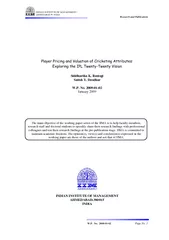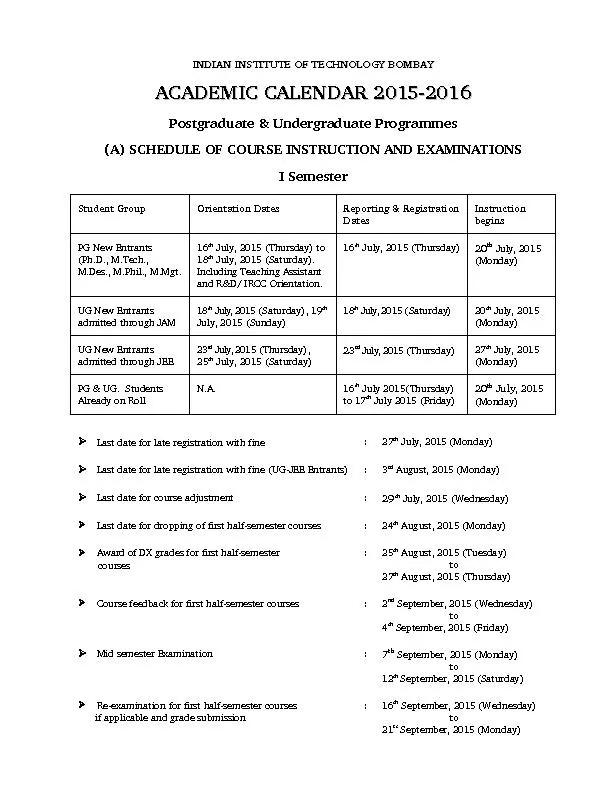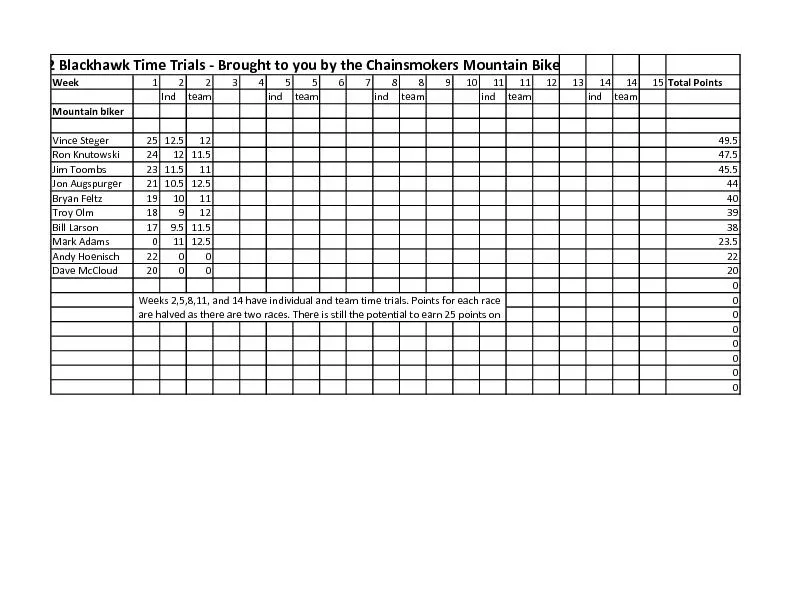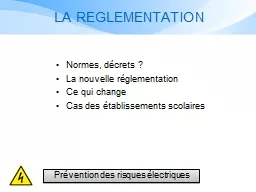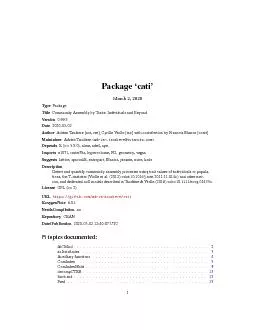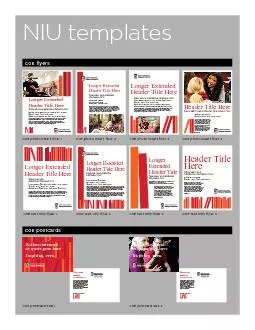PDF-INDI AN INS IT UTE OF MAN ME NT AHM EDABA IND Research
Author : alida-meadow | Published Date : 2015-05-22
Rastogi Satish Y Deodhar WP No 20090102 January 2009 The main objective of the working pape r series of the IIMA is to help faculty m ers resea rch staff and doctoral
Presentation Embed Code
Download Presentation
Download Presentation The PPT/PDF document "INDI AN INS IT UTE OF MAN ME NT AHM EDAB..." is the property of its rightful owner. Permission is granted to download and print the materials on this website for personal, non-commercial use only, and to display it on your personal computer provided you do not modify the materials and that you retain all copyright notices contained in the materials. By downloading content from our website, you accept the terms of this agreement.
INDI AN INS IT UTE OF MAN ME NT AHM EDABA IND Research: Transcript
Download Rules Of Document
"INDI AN INS IT UTE OF MAN ME NT AHM EDABA IND Research"The content belongs to its owner. You may download and print it for personal use, without modification, and keep all copyright notices. By downloading, you agree to these terms.
Related Documents

